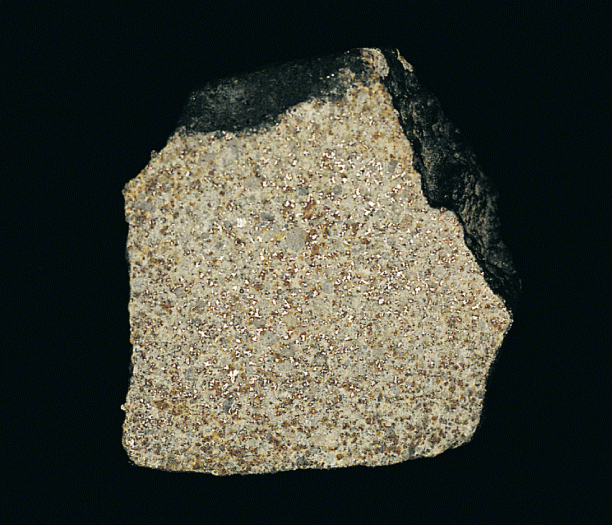What evidence supports this model of how Earth and other planets formed?
Let’s separate this question into two parts: The first part of this model claims that the planets formed in a disk around the young Sun. The second part claims that small particles condensed in this disk and then grew into planets.
As we’ve already discussed, the first part of the model is strongly supported by observations of other stars. In particular, telescopic observations have revealed many examples of disks around young stars. In some cases, scientists even see places within these disks where it appears that planets are currently forming. Moreover, this model successfully explains why all the planets of our solar system orbit the Sun in nearly the same plane.
The second part of the model is a little more challenging, because we cannot directly observe tiny particles condensing or growing in the disks we see around other stars. Instead, the evidence comes from a combination of (1) our general understanding of what interstellar gas clouds are made of and the processes that should occur within them, (2) computer simulations, and (3) careful study of meteorites. Let’s look briefly at each.
(1) General understanding. Scientists can determine what interstellar clouds are made of through spectroscopy , which has revealed that all star-forming clouds have similar compositions: They are made mostly of hydrogen and helium gas (about 98%), mixed with small amounts of metals, rocky materials, and various molecules of which some of the most common are water, methane, and ammonia. Our solar system is therefore presumed to have formed from a cloud of the same basic composition, an idea that is further supported by the fact that it matches up with the overall composition of our solar system today. Scientists can then calculate the expected temperature and density within the disk at various distances from the Sun. Based on these calculated conditions, they find that we should expect that some of the metal, rock, and other molecules would have condensed to make small solid particles, and that these would then have collided and gradually grown larger.
(2) Computer simulations. This general scenario can be studied in much more detail with computer simulations. These simulations confirm the general picture, while helping scientists understand how quickly and how large the particles would have grown. The simulations also lead to understanding of how often large objects might have collided with each other and what would have happened in those cases. Indeed, it is through such computer simulations that scientists have learned how “leftovers” became asteroids and comets, and how a large collision could have led to the formation of the Moon.
(3) Meteorites. Careful study of meteorites provides direct evidence in support of what the general understanding and computer simulations tell us. In particular, many meteorites (see photo below) contain shiny flakes that look exactly like what we expect the first tiny particles to have looked like. In other words, these meteorites actually contain preserved material from the very earliest moments in our solar system’s history.
